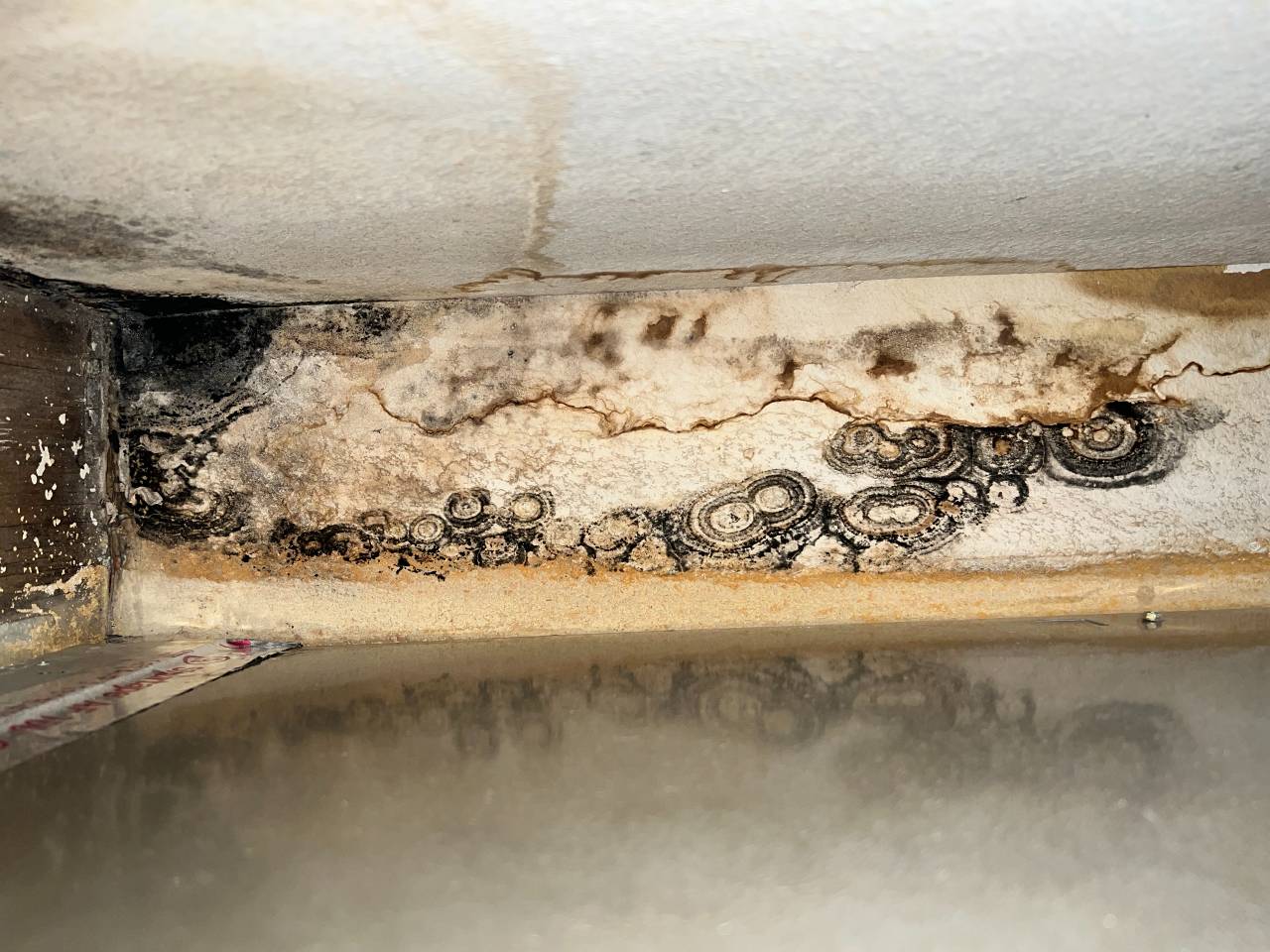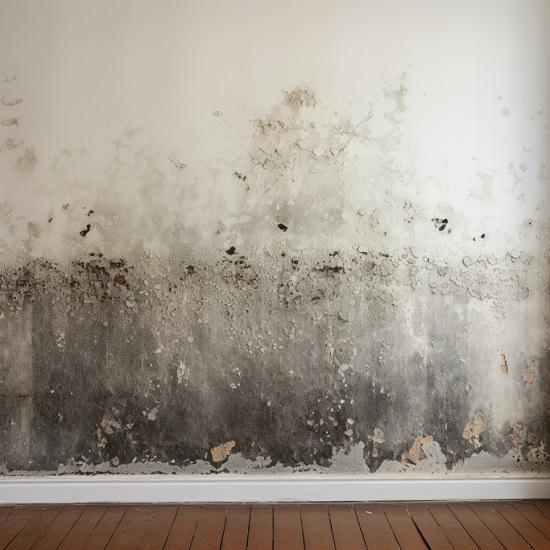Vital Steps After Mold Remediation
Vital Steps After Mold Remediation
Blog Article
Effective Post Mold And Mildew Remediation Solutions for Your Home
Mold and mildew growth in homes can be a consistent problem, typically requiring a systematic technique for efficient post-remediation services. From comprehending the aspects that add to mold and mildew advancement to carrying out proper cleaning methods and moisture control actions, the process can be intricate yet vital for preserving a healthy living environment. Additionally, discovering all-natural removal solutions and developing a regular for continuous upkeep are crucial components of an extensive mold remediation technique. As homeowners make every effort to address mold issues, locating the most reliable remedies comes to be extremely important for the health of their households.
Understanding Mold Development Factors
The primary variable contributing to mold and mildew development is dampness. Mold and mildew spores need dampness to prosper and germinate, making wet or damp settings very prone to mold invasions.

Additionally, airflow and light exposure can impact mold and mildew development. Locations that lack correct ventilation and all-natural light are much more susceptible to mold and mildew development. By dealing with these variables adequately, individuals can successfully reduce mold and mildew development and secure their living settings.
Correct Mold Cleaning Strategies
Making use of effective cleaning approaches is crucial in protecting against the reoccurrence and dealing with of mold and mildew contamination in indoor settings. When managing mold and mildew, it is essential to focus on safety by putting on protective gear such as masks, safety glasses, and gloves. The primary step in proper mold cleaning is to contain the afflicted location to avoid the spread of spores to uncontaminated locations. This can be accomplished by securing off the space and making use of air scrubbers or negative air machines to preserve air top quality.

Executing Wetness Control Steps
To effectively protect against mold and mildew growth and contamination in interior environments, applying wetness control procedures is extremely important. In addition, guaranteeing appropriate ventilation in locations prone to moisture accumulation, such as restrooms and kitchens, can assist reduce the threat of mold growth. By diligently applying these dampness control steps, house owners can successfully reduce the probability of mold and mildew recontamination and maintain a healthy interior atmosphere.
Using All-natural Remediation Solutions
After successfully implementing dampness control steps to stop mold and mildew development in interior settings, homeowners can currently explore the efficiency of all-natural remediation options in preserving a healthy home. All-natural removal solutions utilize eco-friendly techniques to combat mold and mildew and mildew, making them a popular selection for those seeking safe alternatives. One such option is utilizing vinegar, an all-natural antimicrobial agent, to tidy and disinfect surface areas infected by mold. Simply water down vinegar with water and spray it onto the affected locations, enabling it to sit for a few hours prior to wiping tidy. Furthermore, tea tree oil, understood for its antifungal properties, can be combined with water and splashed onto mold-infested surface areas to inhibit further development. Another all-natural option is hydrogen peroxide, which can properly kill mold and mildew on various surfaces without leaving damaging deposits behind. By integrating these natural removal remedies into their cleansing regimens, property owners can efficiently battle mold and mildew development while promoting a healthier indoor atmosphere on their own and their households.

Preserving a Mold-Free Atmosphere
Frequently checking areas susceptible to mold growth, such as shower rooms, kitchen areas, basements, read what he said and attic rooms, is essential. Appropriate ventilation in areas with high humidity levels is also vital to stopping mold and mildew growth.
Additionally, maintaining tidiness in the home is crucial for mold and mildew avoidance. On a regular basis cleansing and cleaning browse this site surfaces, carpetings, and upholstery can help eliminate mold spores before they have a chance to work out and increase. Making use of mold-resistant products for building materials and home furnishings can even more aid in creating a mold-free environment. Lastly, keeping interior plants in check and ensuring proper drainage in outside landscape design can reduce moisture build-up, decreasing the probability of mold invasions. By complying with these positive upkeep techniques, property owners can effectively maintain a mold-free living area.
Conclusion
In final thought, it is necessary to deal with mold development factors, make use of correct cleansing strategies, execute wetness control steps, use all-natural remediation remedies, and keep a mold-free environment in order to successfully manage post mold removal in your house - After mold remediation. By following these techniques, you can prevent mold and mildew from reoccuring and make certain a healthy and balanced living setting for you and your family
The key factor adding to mold development is wetness. Mold spores need dampness to thrive and sprout, making moist or moist settings extremely prone to mold problems.To efficiently stop mold growth and contamination in interior atmospheres, carrying out dampness control procedures is extremely important. Additionally, ensuring proper air flow in areas vulnerable to moisture build-up, such as bathrooms and kitchens, can assist minimize the risk of mold growth.After efficiently applying wetness control measures to avoid mold development in interior environments, learn this here now property owners can now discover the efficiency of all-natural remediation remedies in preserving a healthy living room.
Report this page